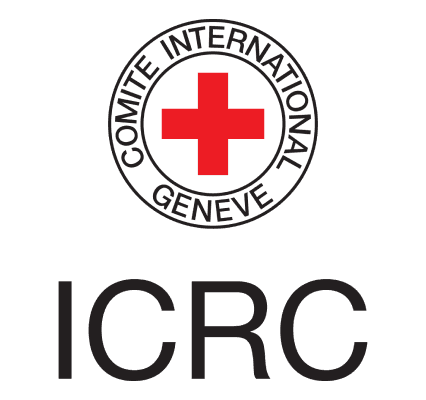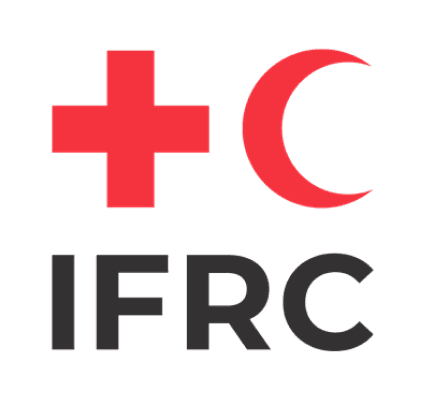- We operate in accordance with the law!
In contact with the relevant services and with the consent of organizations authorized to coordinate aid activities. - We are professionally trained to provide support!
When providing assistance to the affected, we take responsibility for their life and health. - The aid activities are coordinated!
Evacuation of the population, family reunification, rescue operations, distribution of food and medical supplies are always thoroughly planned and controlled by the authorized services.
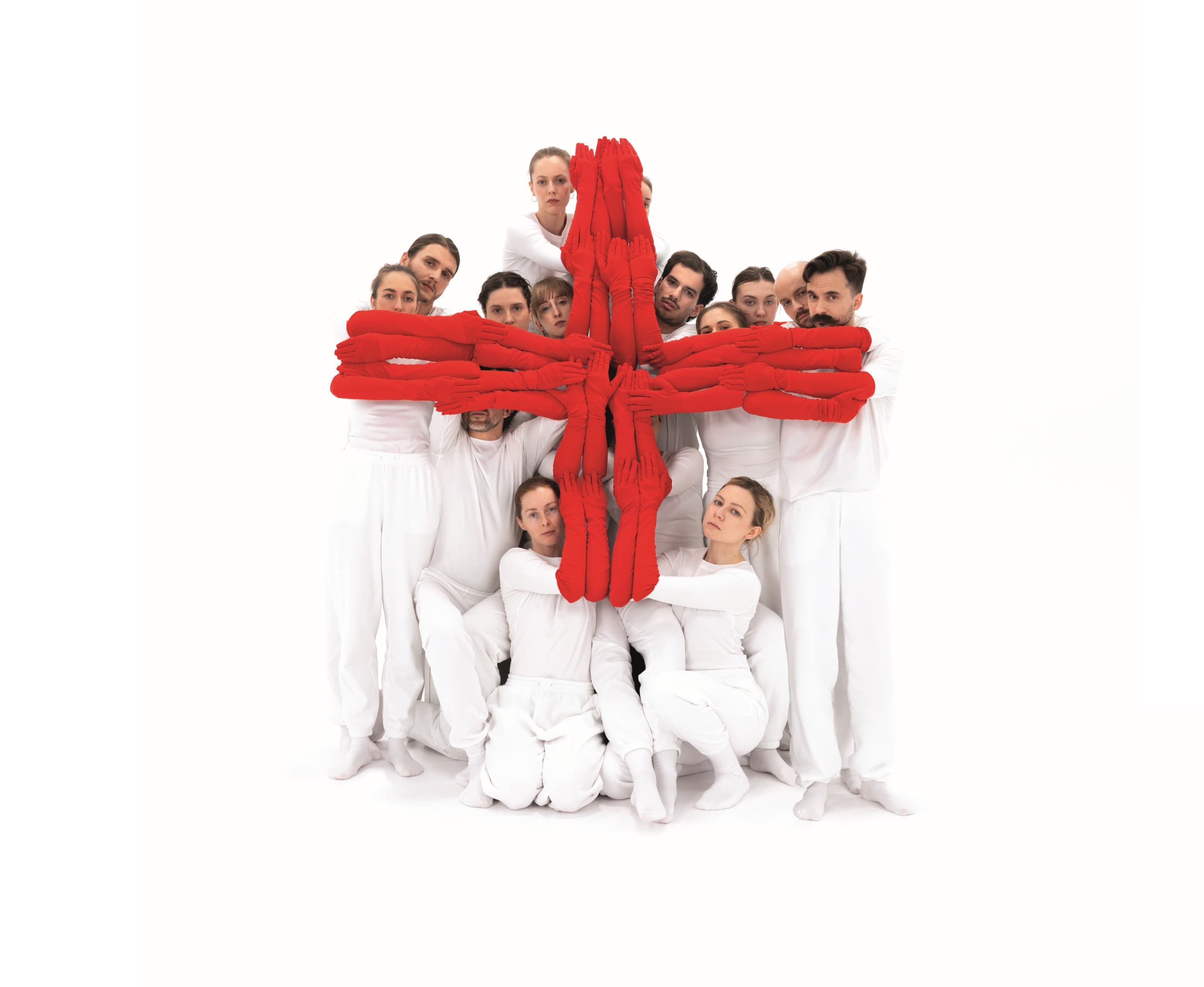

Sign
The Red Cross emblem, also known as the Geneva Cross, was established during an international conference in Geneva in 1863 as a distinguishing mark for volunteers providing assistance to wounded soldiers.
This emblem represents hope, assistance, and protection for those in need. Do not use it on your own! The use of the Red Cross emblem by unauthorized individuals undermines its power and can lead to dangerous consequences.
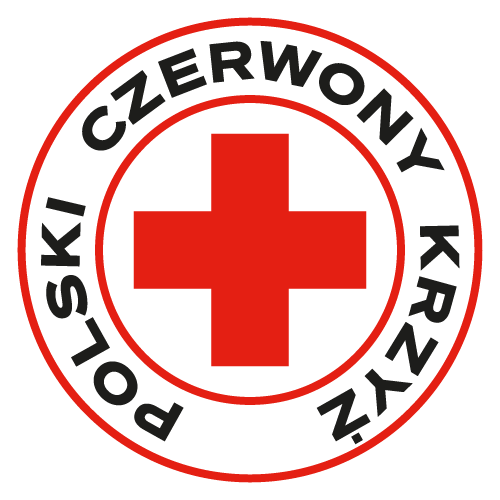
About emblems
The Movement is represented by three globally recognized emblems: the Red Cross, the Red Crescent and the Red Crystal. They serve as international designations of humanitarian support in situations of armed conflict and disaster.
These emblems are protected by law at both national and international levels, under the Geneva Conventions of 1949 and their Additional Protocols. These treaties outline the basic principles aimed at limiting the effects of war.
The Red Cross and Red Crescent emblems date back to the 19th century. In 2005, the Red Crystal was introduced to provide an alternative for countries that wished to avoid any associations with religion, although none of these emblems have a religious character.
The Movement undertakes joint efforts to prevent the misuse and abuse of these emblems. Maintaining their neutrality and independence is crucial, as it is these values that ensure effective protection and assistance in times of crisis.
States are also obligated to protect these emblems from unauthorized use. In many countries, violation of this law can lead to criminal liability.
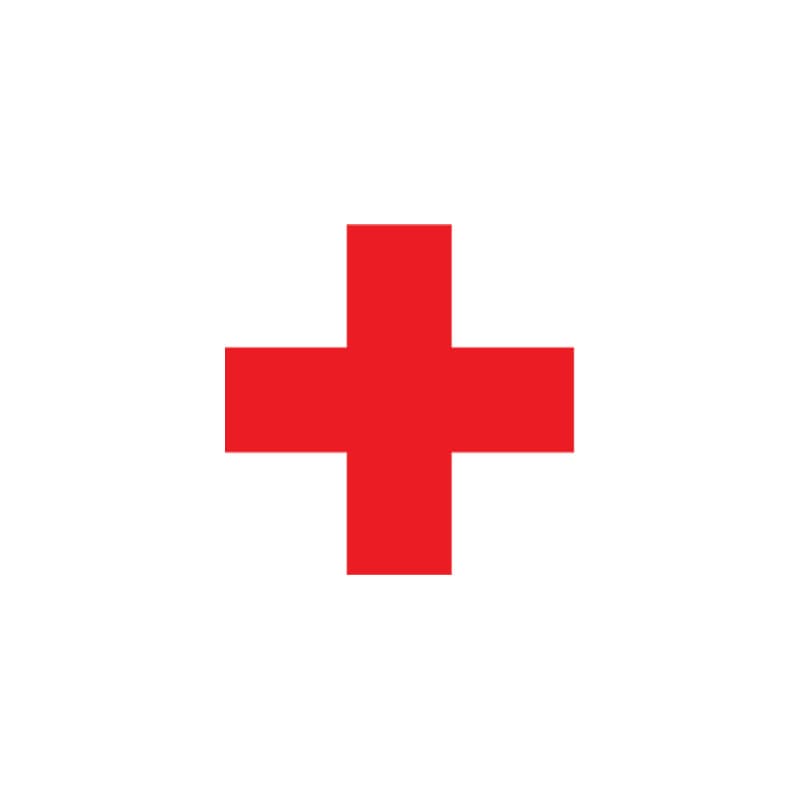


Kto ma prawo używać znak w czasie kryzysów?
W naszym kraju na straży prawidłowego korzystania ze znaku symbolizującego humanitaryzm, bezstronność i neutralność stoi Polski Czerwony Krzyż.
W czasie kryzysów (zbrojnych, humanitarnych, katastrof) stosuje się uproszczoną formę znaku – czerwony krzyż na białym tle. Pełni on rolę ochronną. Mogą z niego korzystać:
Wojskowe służby medyczne
Organizacje zrzeszone w Międzynarodowym Ruchu Czerwonego Krzyża i Czerwonego Półksiężyca
Who has the right to use the emblem in times of peace?
In times of peace, the red cross symbol is used in its full form – with the name of the national humanitarian organization (PCK). It serves an informational purpose. It may be used by:
Persons and entities related to the activities of the Polish Red Cross
Ambulance and first aid points (free of charge) upon consent from the Red Cross
Remember! The use of the Red Cross emblem by unauthorized persons weakens its power and can lead to dangerous consequences.
Who does not have the right to use the PCK symbol?
Do you think this is of little importance? Imagine someone in a car marked with the Red Cross smuggling weapons or items deemed as weapons across the border. Or that someone sent a shipment of Ball gowns to Africa while people were dying from the drought crisis. Imagine that someone, marked with the Red Cross, organized a collection of medicines for severely ill war refugees, but the medications never reached them. And another someone "helped" in transporting refugees by separating a family that had trouble finding their loved ones.
You are lucky that you can only imagine this. Those who experienced it were in life-threatening and health-threatening situations. Confused and too trusting to check whether someone using the Red Cross emblem has the right to do so.
Private individuals
Do you think that using the Red Cross emblem "validates" your help? Unfortunately, by using the emblem on your own, you disrupt the cycle of humanitarian actions coordinated by many professionals prepared for this purpose.
Companies whose activities are not related to humanitarian work
It is obvious that your products serve people, but they do not provide rescue in crisis situations. This sign is not just a label. Do not weaken the true meaning of first aid.
Transports whose loading and destination are unknown
Organizing and distributing humanitarian aid to those in need is a huge responsibility and logistical challenge. At every stage of the operations, we must ensure that humanitarian transport reaches those in need. We do not have this assurance if we are not organizing the transport ourselves.
You can help right now!
Share the information about the protection of the Red Cross emblem with your friends on social media. This is important for us, but even more important for those who need help.
This is also how you help protect the Red Cross emblem.
Help has power when...
Do you have any questions?
Is the use of the Red Cross symbol punishable in Poland?
The Red Cross emblem is protected by international law (Articles 44 and 53 of the Geneva Convention of August 12, 1949; Journal of Laws 1956, No. 38, item 171). These regulations prohibit the use of such an emblem by unauthorized entities and any forms of imitation of this emblem. The protection of the Red Cross emblem is a duty of the state resulting from Article 49 of the Geneva Convention, which means that the Red Cross emblem is protected by the national law of the Republic of Poland (Articles 13, 14, 15 Chapter III of the Polish Red Cross Act of November 16, 1964, Journal of Laws No. 41, item 276, in connection with the aforementioned convention).
The use of the emblem by modifying it, placing it on commercial products, and in advertising campaigns by unauthorized entities may have legal consequences.
The use of the Red Cross or Red Crescent emblem during armed conflict is punishable by imprisonment for up to 3 years, in accordance with Article 126 of the Penal Code [Illegal use of emblems] § 1 and § 2.
Where can one report the unjustified use of the Red Cross emblem?
The reaction to the unauthorized use of the Red Cross emblem is very important because only this way can the assistance provided by the Polish Red Cross have power. Thanks to your report, we can take steps to protect the Red Cross emblem.
You can report unjustified use or abuse of the emblem:
- To the nearest Regional Branch of the Polish Red Cross – a list of branches and their contact information can be found HERE or
- To the International Cooperation Department at the Main Board Office of the Polish Red Cross, by sending an email in which you describe the irregularities, to the address: miedzynarodowy@pck.pl
Can anyone be a volunteer for the Polish Red Cross?
PCK is an organization open to everyone and for all people of good will. If someone wants to help, they can do so with us under the sign of the Red Cross. A volunteer can be any individual, regardless of age (there is no minimum or maximum limit), however, in the case of individuals under 18 years of age, parental or guardian consent is required.
By joining us as a volunteer, you can specify the type of assistance you want to participate in – we will then ensure appropriate training that will help you provide help professionally. You can apply for PCK volunteering at your chosen PCK District Branch. You can find the list of branches and their contact information at: https://pck.pl/kontakt/
Does only the Polish Red Cross have the right to use the Red Cross symbol in Poland?
The Polish Red Cross is a member of the International Federation of Red Cross and Red Crescent Societies and operates within the International Red Cross and Red Crescent Movement. The PCK is the only legally recognized Polish Red Cross association operating in the territory of the Republic of Poland, authorized to use the red cross symbol for informational and protective purposes in its humanitarian activities both within the country and beyond its borders. The protective use of the red cross symbol may also be utilized by the military medical service ensuring the life and health of soldiers during armed conflict.
Is the Red Cross symbol recognized by all countries and does it provide protection?
The Red Cross emblem serves two fundamental functions: protective/recognition and informational. This means that the emblem provides protection under international humanitarian law to specific individuals and objects. The categories of protected persons and objects are specified in Articles 24–27 of the Geneva Convention and in Article 8 [c] of the First Additional Protocol of 1977.
The signatories of the Geneva Conventions include a group of 192 states. Along with the Red Cross emblem, the protection also extends to the Red Crescent emblem (used in 34 countries) and the Red Crystal emblem.
When and on what terms does the Polish Red Cross collaborate with companies from the private sector?
The use of the Red Cross symbol or name by "private individuals, societies, or trading houses, both public and private" is prohibited by international humanitarian law (1st Convention, Article 53). However, it is permissible for the national society (Polish Red Cross) to establish cooperation and within that framework indicate that it has received specific assistance from a business or another organization while meeting all legal requirements.
The Polish Red Cross cannot collaborate with companies whose activities are contrary to the objectives of the Red Cross, such as manufacturers and sellers of weapons, tobacco products, alcohol, or goods clearly assessed as harmful to the environment.
3 entities of the Movement
The International Red Cross and Red Crescent Movement (Movement) is an international humanitarian network comprising around 80 million volunteers worldwide who help victims of disasters, catastrophes and armed conflicts. The commonly used term International Red Cross is incorrect, as there is no single organization by that name. In reality, the Movement consists of several independent components, united by a common mission, principles, objectives, symbols, statutes, and governing bodies. These are:
Documents to download

Regulations for the Use of the Red Cross and Red Crescent Symbol, adopted by the Council of Delegates of the International Red Cross and Red Crescent Movement in 1991 in Budapest. The document outlines in detail the principles for using the emblem for protective and informational purposes, regulates issues related to its visibility, legal protection, and preventing abuse.
See also
Red Cross around the world
We are part of the largest global humanitarian movement, one of the oldest in human history. Its components include: the International Committee of the Red Cross, the International Federation of Red Cross and Red Crescent Societies, and national Red Cross or Red Crescent societies.
History
For over a hundred years, the organization has been engaged in activities for those in need, building its history on the values of humanitarianism and solidarity. It is a story about the work of people who, for decades, have shaped the approach to support by creating a network of assistance and help for those who have found themselves in difficult situations.
You are currently viewing a page filtered by content from the department. Cała PolskaIf you want to view content from Cała Polskaclick the button
